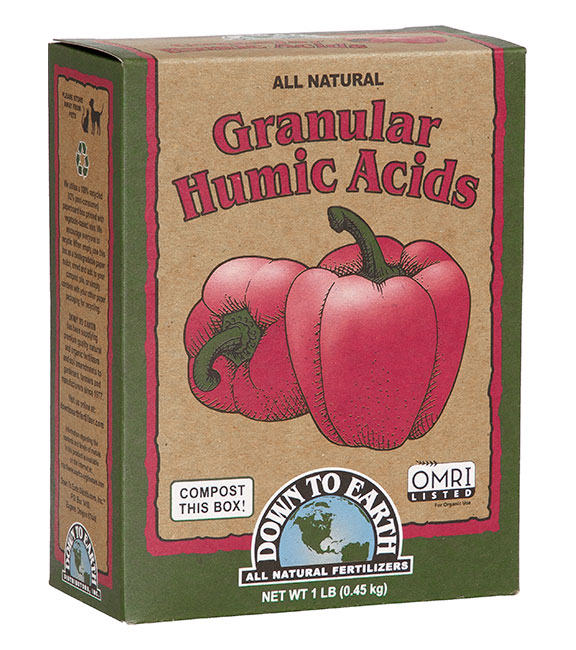

 5
5





- Tim's Homestead Journal - Purchase a copy of Building a Better World in Your Backyard - Purchase 6 Decks of Permaculture Cards -
- Purchase 12x Decks of Permaculture Cards - Purchase a copy of the SKIP Book - Purchase 12x copies of Building a Better World in your Backyard
 2
2




John Daley Bendigo, Australia The Enemy of progress is the hope of a perfect plan
Benefits of rainfall collection https://permies.com/t/88043/benefits-rainfall-collection
GOOD DEBT/ BAD DEBT https://permies.com/t/179218/mortgages-good-debt-bad-debt
 4
4




Www.TransformativeAdventures.org Full-time Permie for 2 decades, author of some groovy books, maker of 🔥 Permie vids, TikToks, etc. Author of Growing FREE. Actually three plants in a trench coat.
 3
3




Www.TransformativeAdventures.org Full-time Permie for 2 decades, author of some groovy books, maker of 🔥 Permie vids, TikToks, etc. Author of Growing FREE. Actually three plants in a trench coat.
 2
2





|
This tiny ad never wears a bra
Learn Permaculture through a little hard work
https://wheaton-labs.com/bootcamp
|




